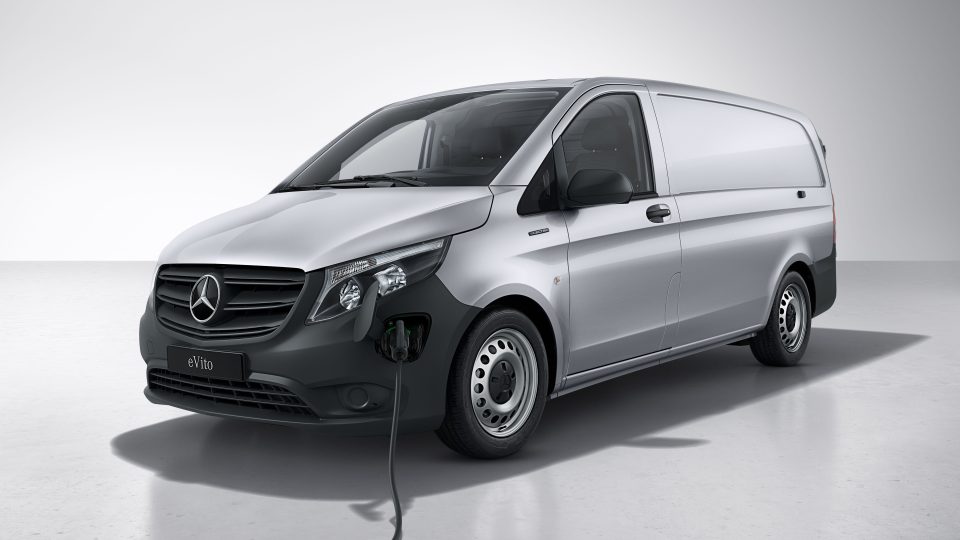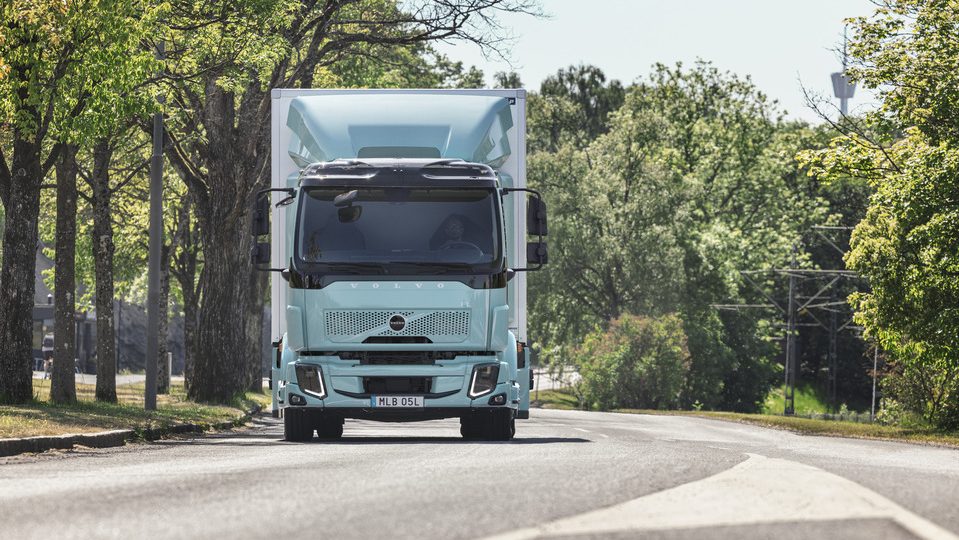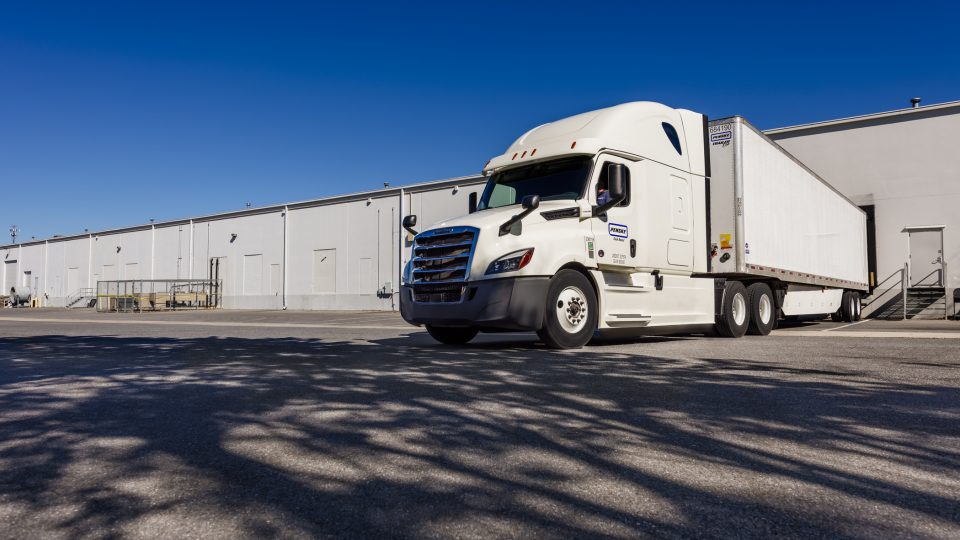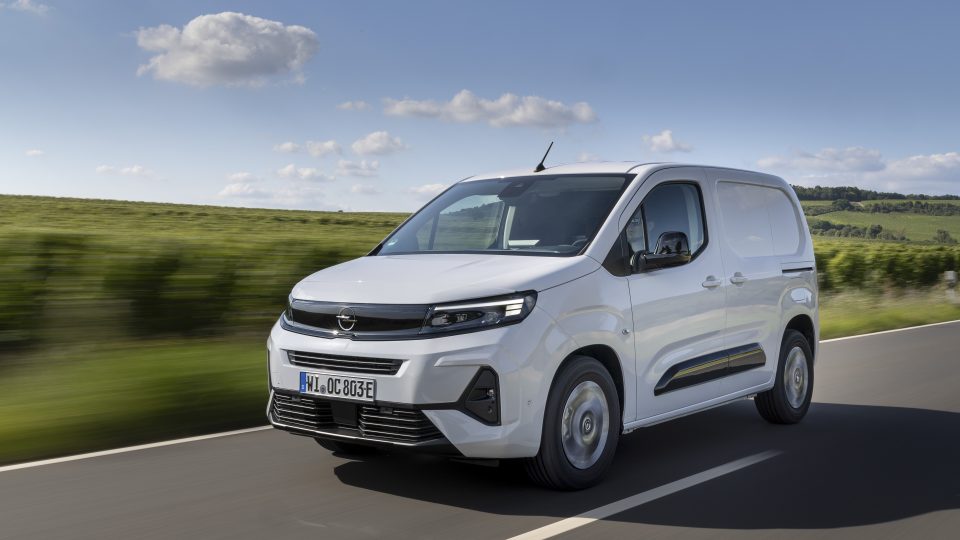OPINIONS. Lithium-ion battery manufacturing is going global, and it’s good for electric vehicles
Maya Xiao, Senior Consultant at Interact Analysis, conducted a thorough research on the topic and released an interesting article. Here are some of the most interesting parts of it.
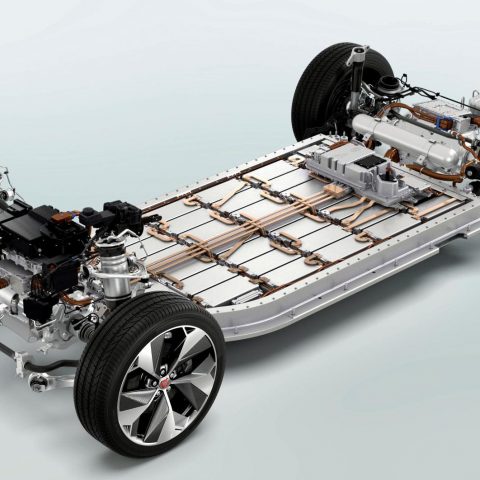
Lithium-ion battery manufacturing is going global, has got quite good prospects and is increasingly crucial for the near future of the whole electric vehicle sector. Maya Xiao, Senior Consultant at Interact Analysis, conducted a thorough research on the topic and released an interesting article. Here are some of the most interesting parts of it (and here’s an interview on the weight of powertrains on the total cost of EVs we made with her not long ago).
Previously, production was concentrated in APAC, where the main market also was. But in the past couple of years, electric vehicle manufacturing has taken off in the EU and in America, and as a result we are seeing battery manufacturers springing up across these regions
Maya Xiao, Senior Consultant at Interact Analysis
Lithium-ion battery manufacturing in a good shape
Back to lithium-ion battery manufacturing, according to Xiao, 2021 was quite a good year, «we saw the battery market double in size, and even triple in some regions. And the machinery market was even stronger, being bolstered by the presence of some very innovative high-tech start-ups. Where end-user markets are concerned, EV production saw fast growth, especially driven by the Chinese market, and some big OEMs in Europe». As for 2022, «We anticipate some major financial activity in the markets, with battery manufacturers such as LG Energy Solution, SVOLT and CALB engaging in IPOs which will enable them to invest in significant expansion. As a result, we expect to see tougher competition in the market as the existing big players such as CATL and BYD are challenged by smaller companies which, through going public, generate more funding for R&D and manufacturing expansion».
Potrebbe interessarti
BYD unveiled two battery-electric heavy-duty trucks at ACT Expo
The whole sector is surrounded by optimism, which «may be leading them to make overestimates regarding the expected production capacity of planned installations», Xiao wrote. «The average utilization rate of global battery capacity is under 70% currently. The estimated capacity of new plant announced by battery manufacturers in PR releases is probably optimistic, and it will take time to prove whether it will be translated into actual production capacity».
The average utilization rate of global battery capacity is under 70% currently. The estimated capacity of new plant announced by battery manufacturers in PR releases is probably optimistic, and it will take time to prove whether it will be translated into actual production capacity
Maya Xiao, Senior Consultant at Interact Analysis
Cell to pack and solid-state batteries
Anyway, the main trends the Senior Consultant at Interact Analysis identifies are cell to pack (CTP) technology and solid-state batteries, now at a very early stage, with the latter «much higher energy-density whose natural capacity is higher than liquid ones, but there are issues around the technology and the cost». As for the CTP technology, it «allows for cells to be integrated directly into a battery pack, with no need for the modules currently used. The advantages are increased volume utilization rate of the battery pack, a large reduction in the number of parts used in a battery pack, and significantly improved production efficiency».
Potrebbe interessarti
Solid-state batteries, Mercedes-Benz to partner with Taiwanese specialist ProLogium
Something truly interesting about lithium-ion battery production is that it’s going global, meaning that «Previously, production was concentrated in APAC, where the main market also was. But in the past couple of years, electric vehicle manufacturing has taken off in the EU and in America, and as a result we are seeing battery manufacturers springing up across these regions (…). We need to assess the state of this burgeoning market».
Growing demand from electric vehicle OEMs
Finally, there’s no doubt that «battery manufacturers are going to see growing demand from electric vehicle OEMs. But the market is evolving as EV makers increasingly strive to ensure battery supply security over the long-term by setting up joint ventures with battery suppliers or even buying up entire smaller battery companies». Also, the first generation of batteries will soon expire, as their average duration is about 8 years. It’s going to be necessary to replace them, as well as promote sustainable recycling programmes.





